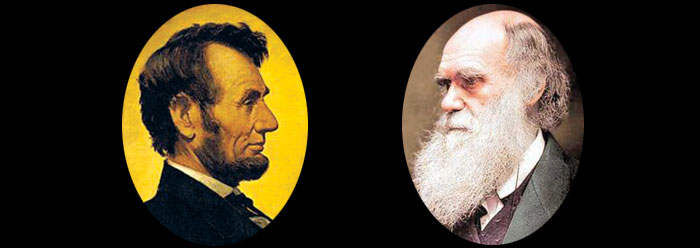
The Jaw Drops an Evolutionary Explanation
The lepidosaurs are a large and diverse group of land vertebrates that include the snakes and lizards. There are almost 12,000 species of these animals. But evolutionists still do not know where they came from. Vertebrate paleontologist Michael Benton stated, “The early history of squamates [snakes, lizards] is patchy,” and the debate of snake origin “is far from resolved.”1

Octopus and Fish Plan a Complex Coordinated Hunt
The octopus—an invertebrate—never fails to surprise researchers with its incredible abilities.1,2

Evolutionary Dinosaur Analysis Leads to Bizarre Conclusion
A new dinosaur discovery in Rio Negro Province in central Argentina resulted in a very peculiar assertion.1 A bipedal dinosaur (walked on two legs) named Jakapil kaniukura was unearthed in upper Zuni megasequence rocks. But what made this new dinosaur so unusual was the category scientists placed it in.

Scientists Reach for Evolution's Replacement
Most people say that evolution is true, so why do a growing number of scientists doubt it? These skeptics don’t question evolution’s premise that nature alone is somehow responsible for crafting creatures out of stardust. The debate centers on how nature might have achieved this incredible feat.

A Strange and Mysterious Hypercarnivore Discovered
In 1988 a fossil jaw was discovered by paleontologists in San Diego County, California. Decades later the scientists determined it belonged to a relatively unknown carnivore species of the machaeroidines (saber-toothed, placental mammals). The creature was named Diegoaelurus vanvalkenburghae and was about the size of a bobcat with teeth like slicing blades.










